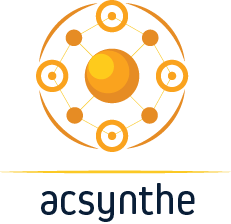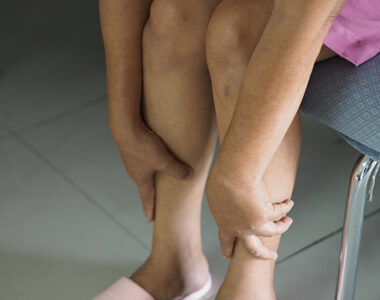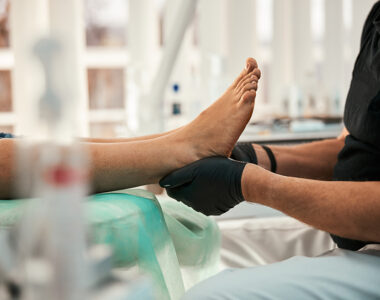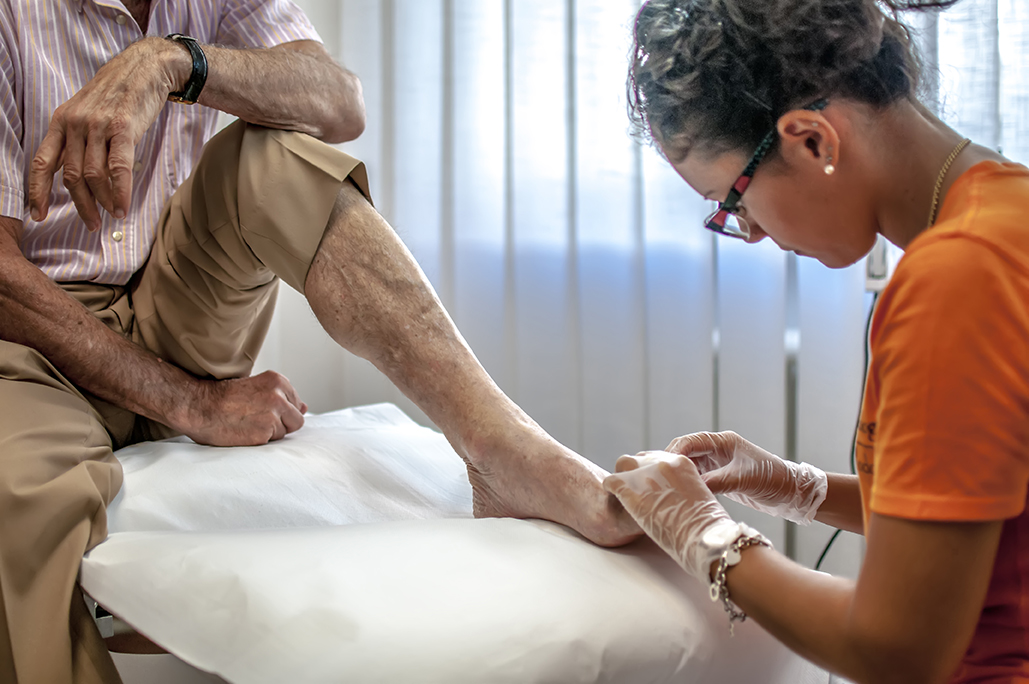
Understanding Varicose Veins: Causes, Symptoms, and Treatment Options
What Are Varicose Veins?
Varicose veins are enlarged, twisted veins that commonly occur in the legs and feet. They develop when the valves within the veins become weak or damaged, causing blood to pool and the veins to swell. While often seen as a cosmetic concern, varicose veins can lead to discomfort and more serious health issues if left untreated.
Causes of Varicose Veins
Several factors can contribute to the development of varicose veins, including:
Age: As we age, veins lose elasticity, and valves within the veins may weaken.
Gender: Women are more likely to develop varicose veins, partly due to hormonal changes during pregnancy, pre-menstruation, and menopause.
Genetics: A family history of varicose veins increases your risk.
Obesity: Excess weight puts additional pressure on veins.
Prolonged Standing or Sitting: Occupations or activities that require long periods of standing or sitting can impede blood flow.
Pregnancy: The increased blood volume during pregnancy can enlarge veins, and hormonal changes can relax vein walls.
Symptoms of Varicose Veins
Varicose veins can present a variety of symptoms, including:
Ulcers: In severe cases, ulcers can form near the varicose veins.
Visible Swelling: Bulging, twisted veins that are often blue or dark purple.
Pain and Discomfort: Aching, throbbing, or a heavy feeling in the legs.
Swelling: Particularly in the lower legs and ankles.
Skin Changes: Dry, itchy skin near the affected veins, or skin discoloration.
Muscle Cramping: Especially at night.
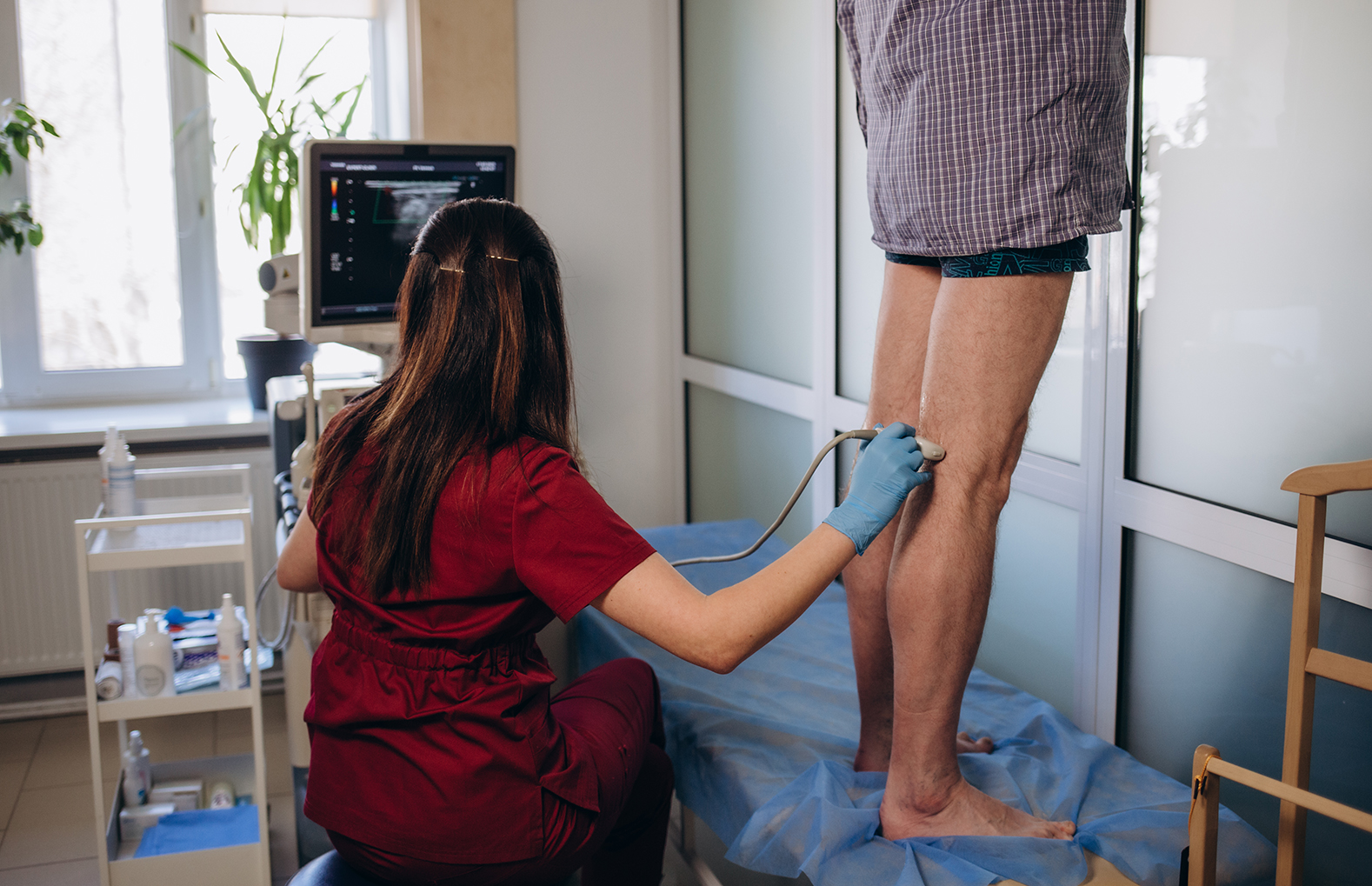
Treatment Options for Varicose Veins
There are several treatment options available for varicose veins, ranging from lifestyle changes to medical procedures:
Surgery: In severe cases, surgical procedures like vein stripping or ligation may be necessary to remove or tie off the affected veins.
Lifestyle Changes: Simple changes can help manage symptoms and prevent varicose veins from worsening. These include regular exercise, weight management, elevating the legs, and avoiding prolonged standing or sitting.
Compression Stockings: These specialized stockings apply pressure to the legs, promoting better blood flow and reducing swelling and discomfort. LegMate™ offers high-quality compression stockings designed to provide comfort and support.
Sclerotherapy: This minimally invasive procedure involves injecting a solution into the vein, causing it to close and fade over time.
Laser Treatment: Endovenous laser therapy (EVLT) uses a laser to heat and seal varicose veins.
Radiofrequency Ablation: Similar to laser treatment, this procedure uses radiofrequency energy to heat and close off varicose veins.
Preventing Varicose Veins
While not all varicose veins can be prevented, certain measures can reduce the risk:
- Exercise Regularly: Helps improve blood circulation.
- Maintain a Healthy Weight: Reduces pressure on your veins.
- Elevate Your Legs: Improves blood flow and reduces pressure in the leg veins.
- Avoid Tight Clothing: Prevents constriction around the waist, legs, and groin.
- Stay Active: Avoid prolonged periods of sitting or standing.
Conclusion
Varicose veins are a common condition that can cause discomfort and lead to more serious health issues if left untreated. Understanding the causes, symptoms, and treatment options is crucial for managing this condition effectively. LegMate™ offers high-quality compression stockings that can help alleviate symptoms and improve leg health. By making lifestyle changes and seeking appropriate medical treatment, you can manage varicose veins and improve your overall quality of life.
